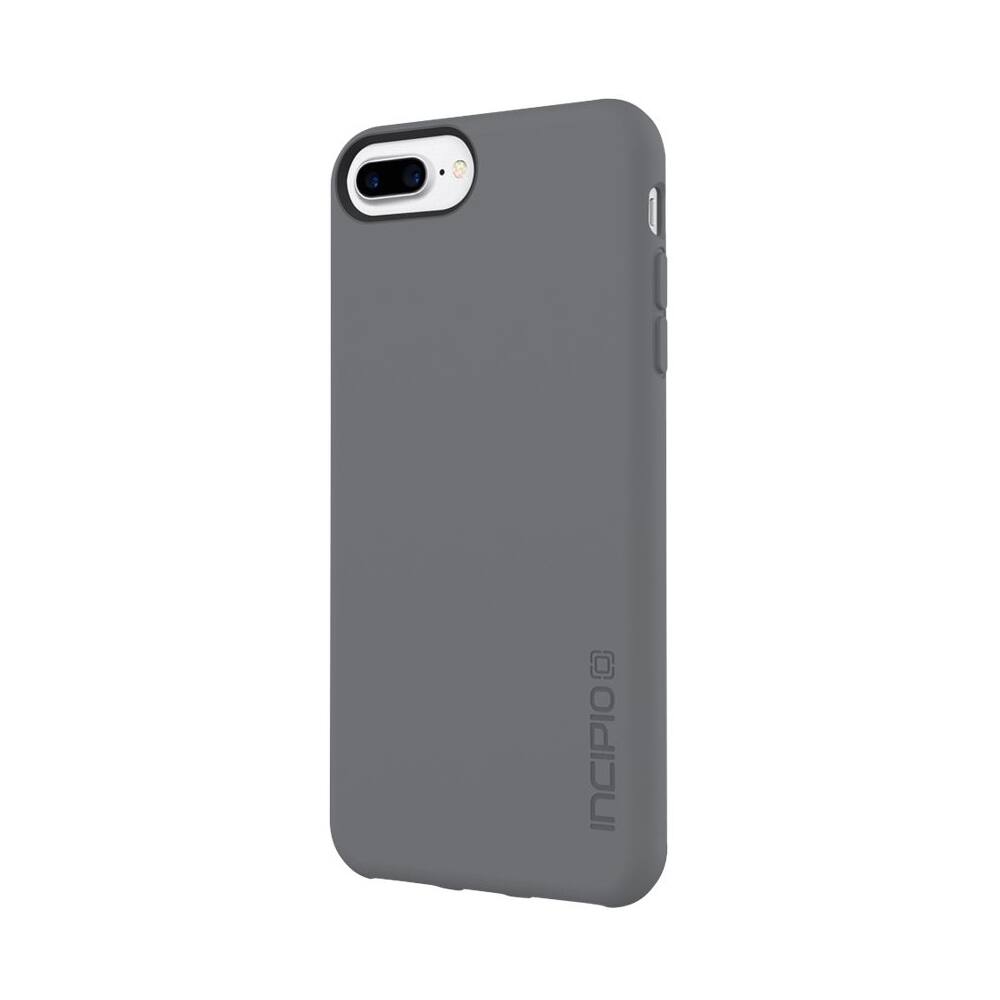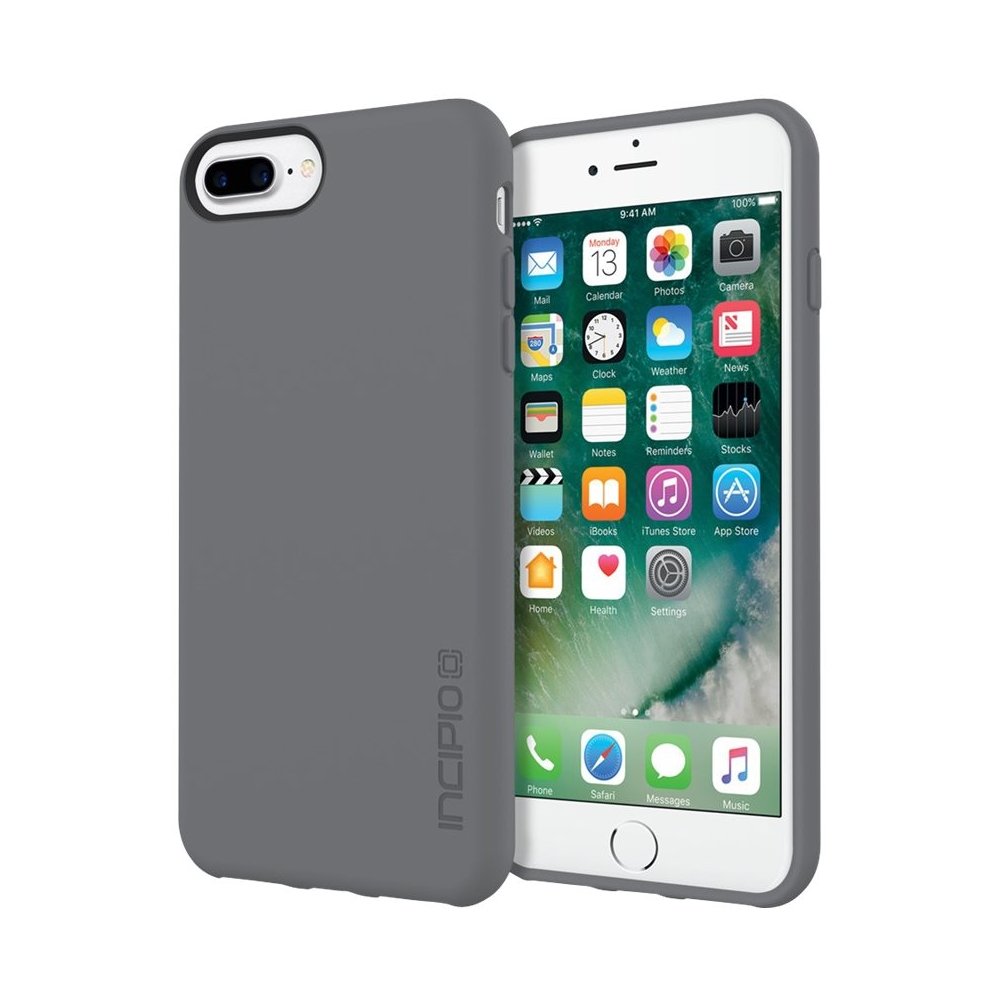





 |
 |
 |
 |
 |

ngp case for apple iphone 7 plus - gray/translucent
SKU: EN-A10120



ngp case for apple iphone 7 plus - gray/translucent
If Apple is indeed creating a consumer market for VR experiences on Mac, it's doing so slowly. According to chipmaker AMD, Mac owners will need a Radeon Pro 580 or better for VR. Those graphics chips only appear in the single most expensive configuration of Apple's new iMac ($2,300), or the even pricier $5,000 iMac Pro coming in December, meaning the entry point for VR will be even more expensive for Mac than Windows to start. Instead, recent MacBook Pro and new iMac owners will be able to plug in an external AMD-powered graphics dock for roughly $600 to get a similar level of performance -- but consumer support for external graphics won't arrive until early 2018. There's also no word from Nvidia on whether its popular rival video cards will work.
Even if Apple isn't promising that iPhone and Mac end users will bend reality anytime soon, the mere fact that Apple is finally committed is a big deal for developers, Now, they don't need to wait and wonder whether Apple will come along with a bigger, better, more refined idea that disrupts their entire business -- as Apple will often do, And if those devs decide to invest, Apple now offers the hardware they'll need to invest ngp case for apple iphone 7 plus - gray/translucent in -- which had been conspicuously missing until now, Brian Blau, an analyst at Gartner, says, "If anything changed, it's that Apple now has more advanced Mac desktops and laptops that will officially support advanced interactive and real-time graphics capabilities, and that has to be good news for app and content developers who really want to use Apple products."Says Epic's Sweeney: "I see Mac as now a first-class VR platform that's going to grow enormously and potentially be the most consumer friendly way to bring VR to the masses of computer users, I expect the industry to flock to it."Google Glass had companies aim for a AR future that wasn't there yet -- and maybe still isn't..
It's unclear, however, how much VR will matter now. Industry experts and sales forecasts have mostly agreed: VR tech is really just a stepping stone to AR, at least in the long term. Disney CEO Bob Iger is more excited for AR -- as is Apple's Tim Cook. But originally, augmented reality seemed difficult to build for consumers. Companies like Microsoft, with its HoloLens headset -- not to mention Magic Leap -- were having an awful hard time building compelling see-through augmented reality headgear that regular people would actually want to wear. Facebook showed some promising AR filters for phones, but said it's years away from standalone AR hardware. Google, again, is struggling to get Tango AR phones on the market.
Then, along comes Apple with a revelation: millions upon millions of iPhones can be augmented reality devices now, with no need for specialized hardware, Rivals who thought they were ahead of the game by ngp case for apple iphone 7 plus - gray/translucent building out a VR ecosystem may find themselves eating Apple's dust, Sure, Apple's definition of augmented reality is a simpler, older definition than most, For now, it's a picture window you keep in your pocket, rather than a set of glasses you wear, But once iOS 11 hits later this year, Apple developers will have millions upon millions of those picture windows able to display images that will make last year's Pokemon Go look as quaint as Donkey Kong or Pac-Man..
Now they -- and Apple -- just need to give us something cool to play with. Disclosure: Sean's wife works for Facebook as a business-to-business video project coordinator. WWDC 2017: See everything Apple announced at this year's developer conference. Apple is fashionably late to the party, but it's arguably jumped to first place in the augmented reality race. We knew Apple CEO Tim Cook was keenly interested in virtual reality (VR) and augmented reality (AR). But earlier this month, Apple finally -- and openly -- revealed its plans to the world.
- buy iphone xs max cases online - clear case
- iphone case brands
- cactus lady iphone case
- olixar manta iphone x tough case with tempered glass - blue reviews
- stashback case for apple iphone 7 plus - turquoise
- urban tribal pattern 5 - aztec - concrete and wood iphone case
- palm leaves 16 iphone case
- good morning, i see the assassins have failed. (black) iphone case
- super smash bros ink splatter iphone case
- frye sienna ballet
- the gold rush - gold and black womens flat shoes, party shoes, women ballet flats, wedding shoes, handmade indian designer shoes
- More...



